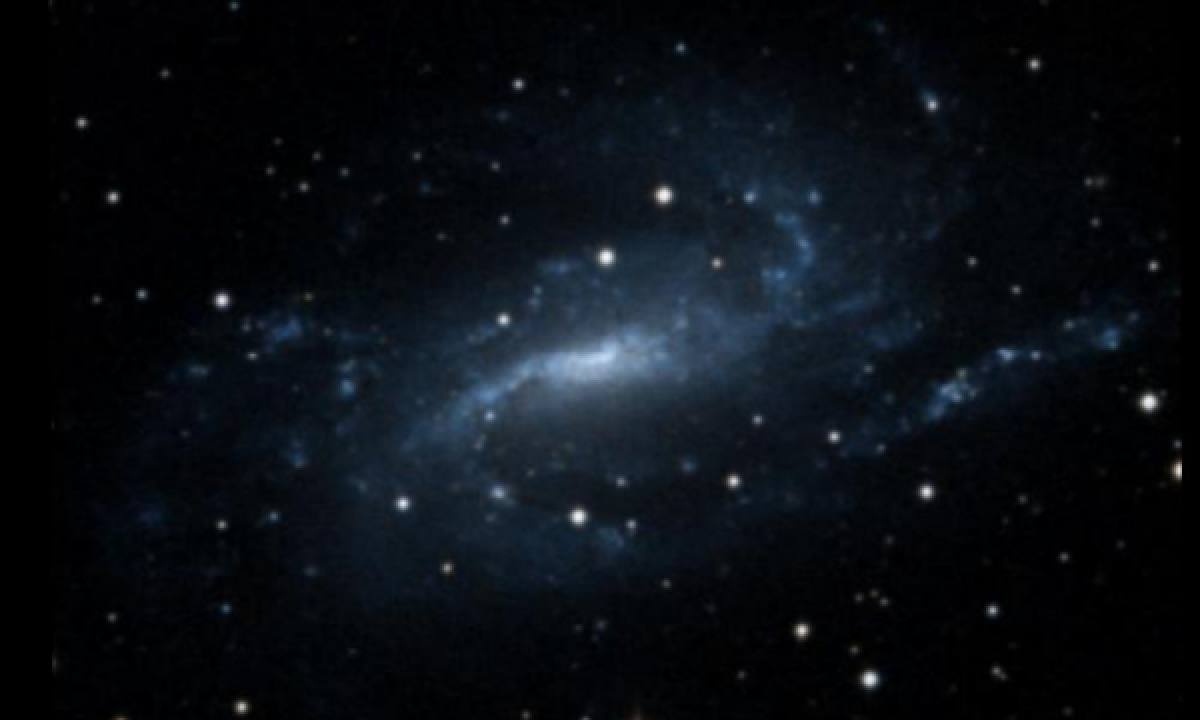The New General Catalogue of Nebulae and Clusters of Stars (abbreviated as NGC) is a catalogue of deep-sky objects compiled by John Louis Emil Dreyer in 1888. The NGC contains 7,840 objects, known as the NGC objects. It is one of the largest comprehensive catalogues, as it includes all types of deep space objects, including galaxies, star clusters, emission nebulae and absorption nebulae.
Know more about NGC
NGC 925

NGC 925 is a barred spiral galaxy located about 30 million light-years away in the constellation Triangulum. German-British astronomer William Herschel discovered this galaxy on 13 September 1784. The morphological classification of this galaxy is SB(s)d, indicating that it has a bar structure and loosely wound spiral arms with no ring. The spiral arm to the south is stronger than the northern arm, with the latter appearing flocculent and less coherent. The bar is offset from the center of the galaxy and is the site of star formation all along its length. Both of these morphological traits—a dominant spiral arm and the offset bar—are typically characteristics of a Magellanic spiral galaxy. The galaxy is inclined at an angle of 55° to the line of sight along a position angle of 102°. The NGC 925 is a member of the NGC 1023 Group, a nearby, gravitationally-bound group of galaxies associated with NGC 1023. However, the nearest member lies at least 650,000 ly (200,000 pc) distant from NGC 925. There is a 10 million solar mass (M☉) cloud of neutral hydrogen attached to NGC 925 by a streamer. It is uncertain whether this is a satellite dwarf galaxy, the remnant of a past tidal interaction, or a cloud of primordial gas. Although no supernovae have been observed in NGC 925 yet, a luminous red nova, designated AT 2023nzt (type LRN, mag. 19), was discovered on 26 July 2023.
More Images:

Sources:
Wikipedia Page: NGC 925
NGC 925 at In-The-Sky website
